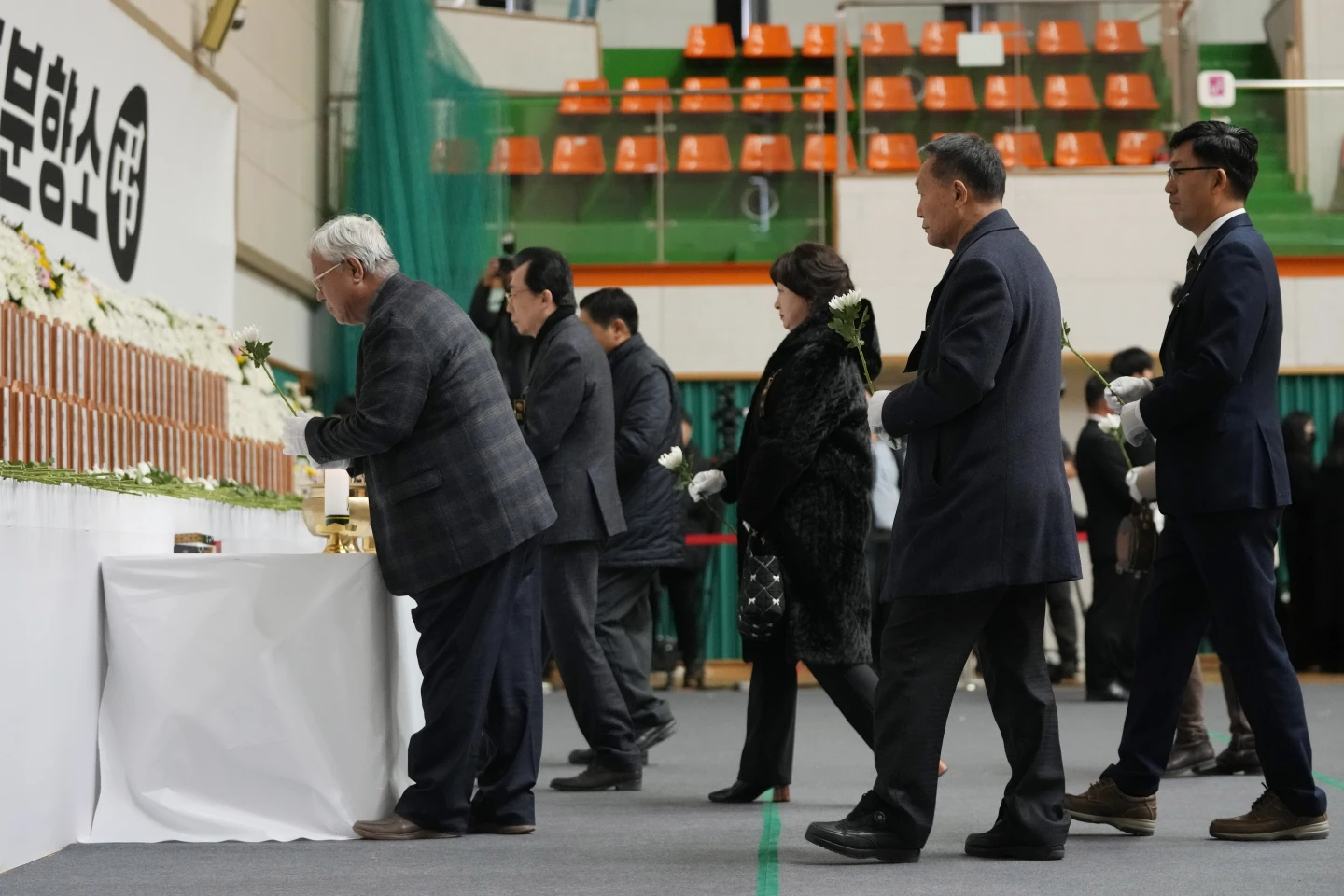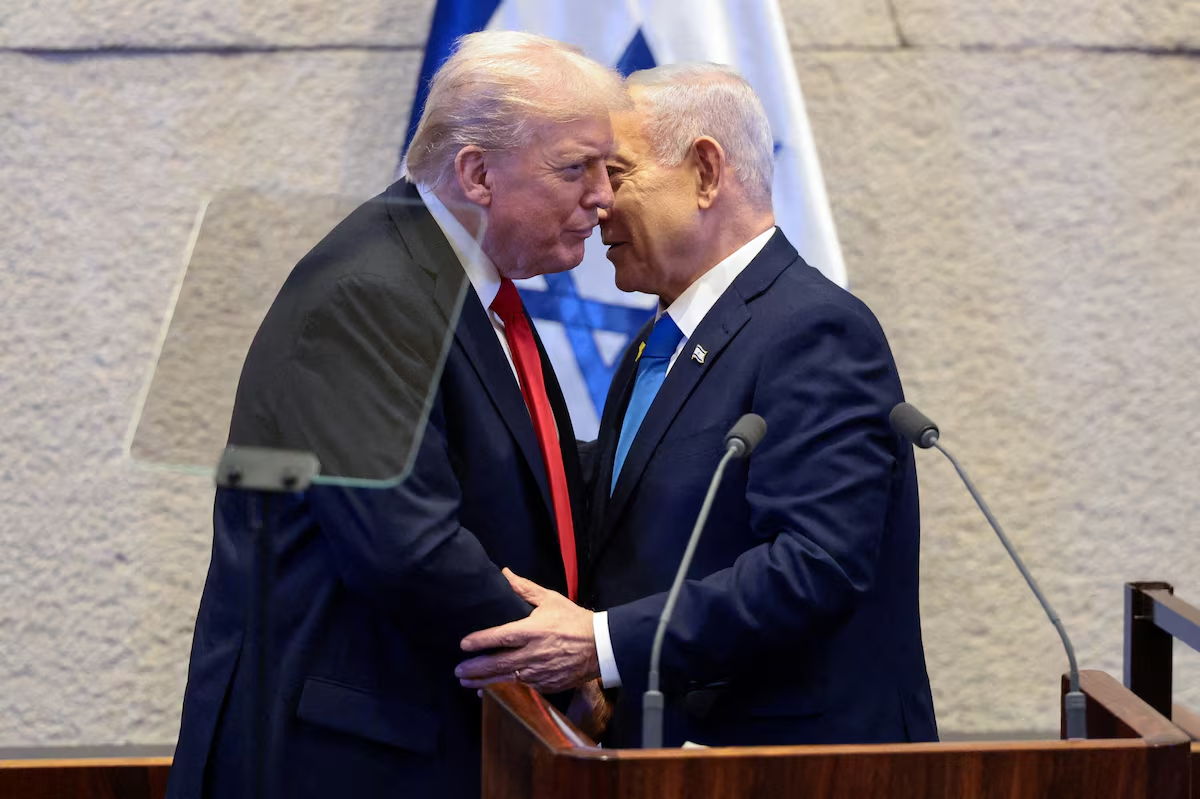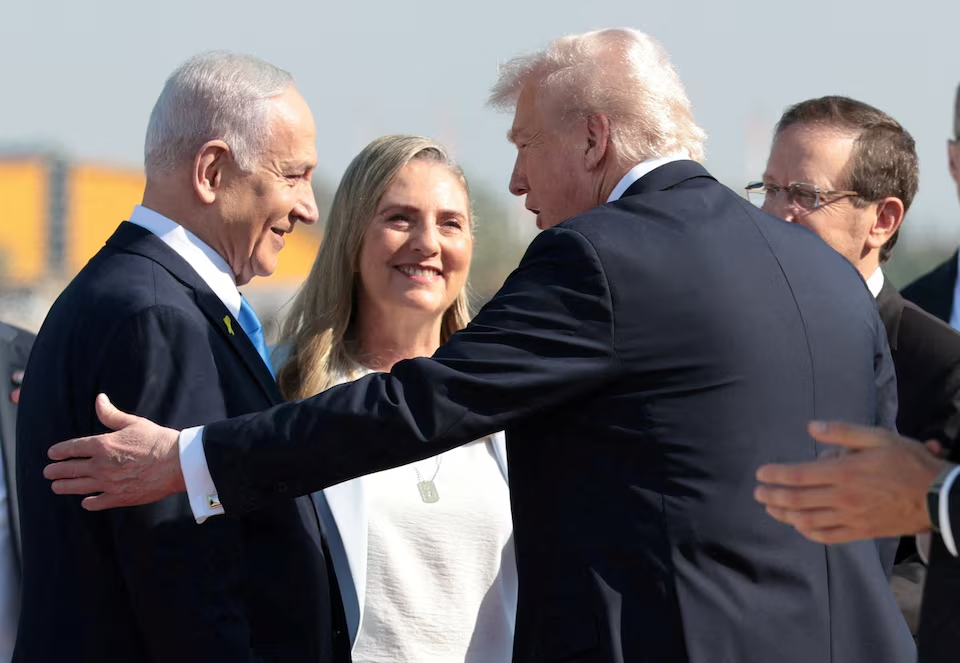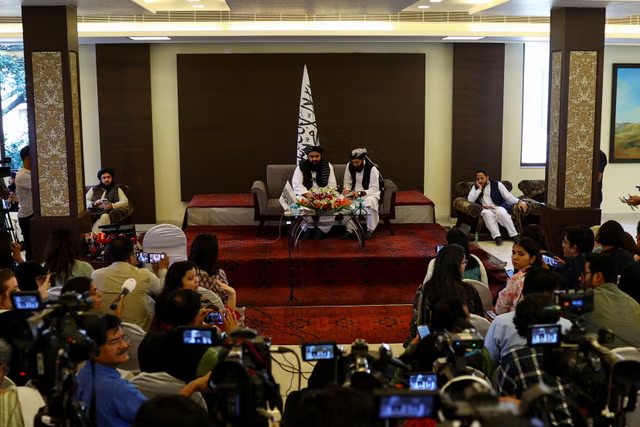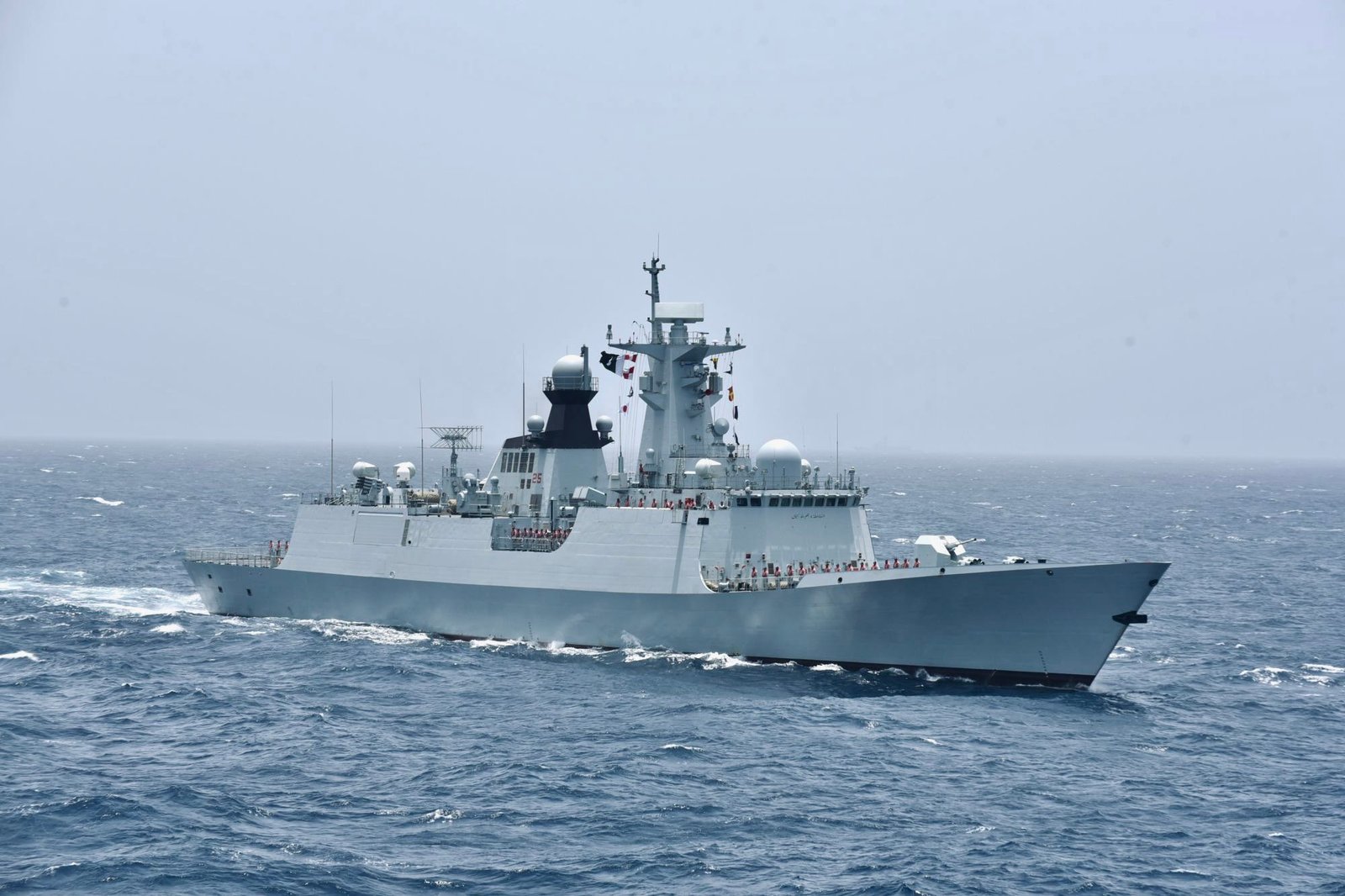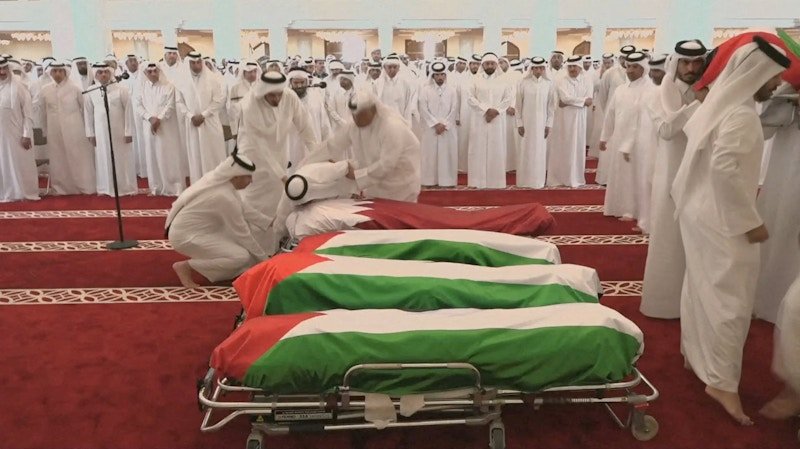179 Killed in Plane Crash, South Korea Declares Seven Days of National Mourning
Seoul, South Korea — South Korean officials announced on Monday that they will conduct safety inspections of all Boeing 737-800 aircraft in the country, as they struggle to determine the cause of Sunday’s plane crash that killed 179 people.
179 Killed in Plane Crash, South Korea Declares Seven Days of National Mourning
179 Killed in Plane Crash, South Korea Declares Seven Days of National Mourning
Seoul, South Korea — South Korean officials announced on Monday that they will conduct safety inspections of all Boeing 737-800 aircraft in the country, as they struggle to determine the cause of Sunday’s plane crash that killed 179 people.
Sunday’s crash was the deadliest aviation disaster in South Korea in decades. It has triggered national mourning, and many are concerned about how effectively the South Korean government will handle the disaster amid a leadership vacuum caused by political turmoil. Following President Yoon Suk-yeol’s brief imposition of martial law earlier this month, both the president and the prime minister were impeached.
New acting President Choi Sang-mok chaired a task force meeting on the crash on Monday and instructed authorities to urgently review the country’s aviation operation systems. “The essence of a responsible response is to overhaul the entire aviation safety system to prevent similar incidents and create a safer Republic of South Korea,” said Choi, who is also the deputy prime minister and finance minister.
The Boeing 737-800 plane, operated by South Korea’s budget airline Jeju Air, aborted its first landing attempt for reasons that remain unclear. During its second attempt, it received a bird strike warning, followed by the pilot issuing a distress signal. The plane landed without its front landing gear deployed, overshot the runway, collided with a concrete barrier, and erupted into flames.
Alan Price, a former chief pilot at Delta Airlines and current consultant, said the Boeing 737-800 is a “proven aircraft,” unlike the Boeing 737 Max jetliners involved in fatal crashes in 2018 and 2019. However, South Korea’s Ministry of Transport announced on Monday that they will conduct safety inspections of all 101 Boeing 737-800 aircraft in the country, as well as a broader review of Jeju Air’s safety standards. Representatives from the U.S. National Transportation Safety Board (NTSB) and Boeing are expected to arrive in South Korea on Monday to participate in the investigation.
The Ministry also stated that it will investigate Muan airport’s localizer — a concrete fence designed to guide aircraft during landings — to determine whether it should have been made from lighter materials that would break more easily upon impact.
Additionally, Ministry officials noted that they had analyzed video footage showing the plane did not deploy flaps or slats, suggesting a possible hydraulic failure, and that the pilots did not manually lower the landing gear, indicating they did not have time. Despite this, the plane remained under control and flew in a straight line, with the severity of the damage and injuries likely worsened by the proximity of the concrete barrier to the runway.
The Ministry is also investigating potential communication issues between air traffic controllers and the pilot during the landing attempt.
Meanwhile, another Boeing 737-800 operated by Jeju Air at Muan airport returned to Seoul’s Gimpo International Airport shortly after takeoff due to a landing gear issue.
The investigation into the crash is ongoing, with the flight data and cockpit voice recorders being analyzed, and the process is expected to take several months.
This crash is South Korea’s deadliest since 1997, when a Korean Air flight crashed in Guam, killing 228 people.
The crash has left South Koreans in shock and mourning, with the government declaring a seven-day national mourning period until January 4.


